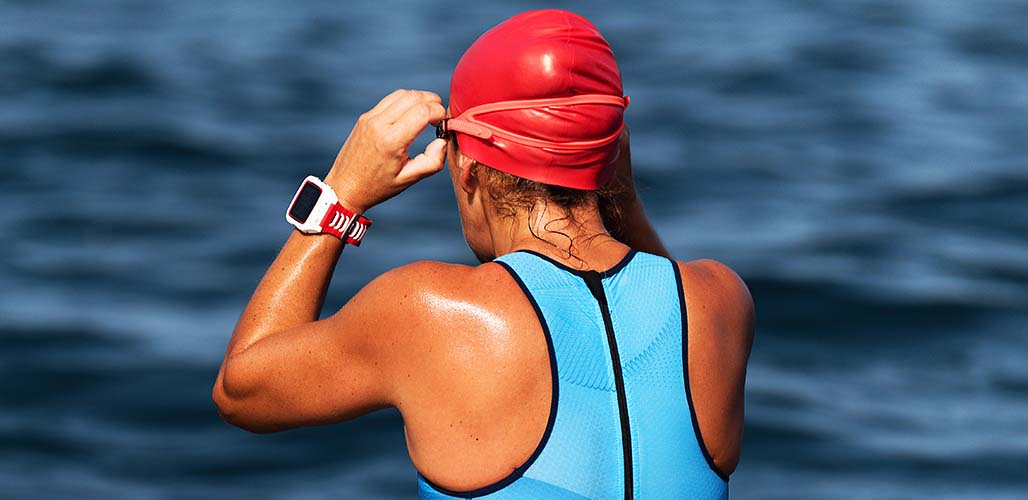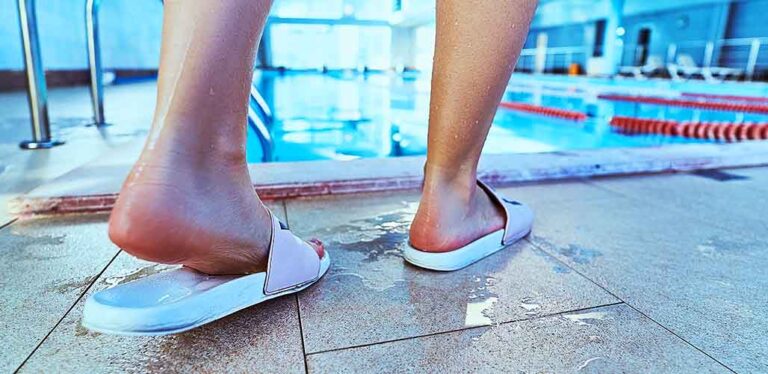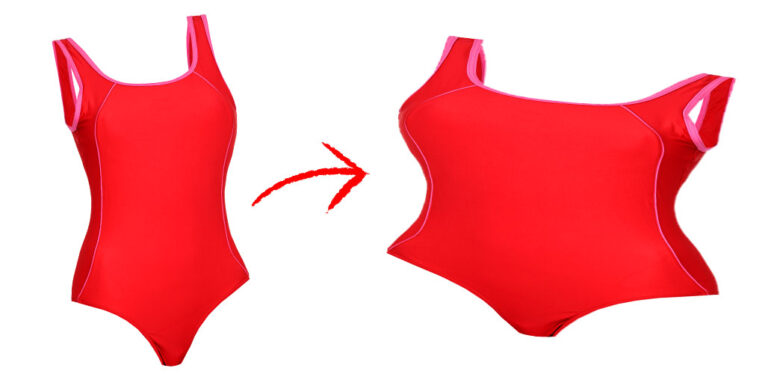Are Swim Caps Water Proof?
Are swim caps water proof? Swimming caps were actually not designed to keep hair dry. Rather, these close-fitting caps were first developed to improve hydrodynamics for competitive swimmers. In other words, these caps can reduce drag, which in turn can help you swim faster. This is great news if you aim to improve your lap time, but not so much if you are worried about hair health. Are swim caps water proof? Can swim caps be waterproofed? Let’s find out!
Contents
- Are swim caps waterproof?
- How do you waterproof a swim cap?
- How is a swim cap supposed to fit?
- Are silicone caps waterproof?
- Are latex swim caps waterproof?
- Do swimming caps keep hair dry?
Are Swim Caps Water Proof?
The word waterproof literally translates to mean “impervious to water.” A material that is waterproof can be dunked, submerged, flooded with water and it will not allow any water to pass through. This does not describe swim caps. Swim caps are at best water resistant, which means these caps are made of a material like silicone or latex that is far less likely to permit air or water to pass through it.
However, often water does find a way to sneak in while you are in the water. Then, when you take your swim cap off, your hair feels damp. Why does this happen? How do you waterproof a swim cap? Is it even possible?
How Do You Water Proof A Swim Cap?
We now know swim caps are not intended to keep hair dry but to make swimmers faster. But is there any way to waterproof a swim cap? The best way to waterproof a swim cap is to understand how water gets in underneath it in the first place. Then you can work to minimize that water leakage as much as possible.
The reason your hair feels damp even after wearing a swim cap has a lot to do with how well (or not) your swim cap fits you. In turn, how well your swim cap fits can have a lot to do with what you do with your hair before you even put your swim cap on.
So there are two main ways to tackle the issue of a swim cap that lets in water while you swim. First, be sure to get a swim cap that fits closely to the contours of your head. Second, secure your hair in a bun, braids or a flat pigtail that closely follows the contours of your head.
How Is A Swim Cap Supposed To Fit?
Professional aqua athletes have some helpful tips for getting the right swim cap fit and keeping water from seeping under the edges of your cap. First, be sure the seam of the cap is centered in the middle of your forehead. Next, make sure all of your hair is off your forehead before you start to put the swim cap on.
If you don’t want to braid or restrain your hair in advance, you can then just tuck it up under your swim cap section by section and pat it as flat as possible as you go along. You don’t want the swim cap to fit so tightly it causes ear pain, headache or a deep visible indentation mark in your skin.
Are Silicone Caps Waterproof?
Silicone is a watertight material. But as we discussed briefly in an earlier section here, watertight or water-resistant is not the same thing as waterproof. The confusion arises because the terms silicon and silicone are so frequently mixed up.
Silicon is a naturally occurring elemental metalloid (made of metal plus other natural materials). In contrast, silicone is a synthetic or human-made material created when natural silicon is combined with oxygen, hydrogen and/or carbon.
Because of the combination of organic and inorganic materials, silicone’s highly water-resistant properties do degrade over time. Ultraviolet sunlight, heat, exposure to the elements and to chemicals such as chlorine can all influence how long silicone retains its watertight properties.
Are Latex Swim Caps Waterproof?
Latex is a form of rubber, which is a naturally occurring material. What many people do not realize is that latex rubber is harvested from trees! Latex in its natural form is actually a thick, milky liquid sap that looks nothing like the finished product.
Inerestingly, Latex sap has naturally watertight and protective properties, which has created a lasting place for latex in the medical and research fields as well as in competitive swimming. Latex is also thinner than silicone, which some swimmers find to be more comfortable.
However, some people have allergies to natural latex because of a protein allergen produced by the Brazilian tree commonly used to harvest latex sap. If you know or suspect you have a latex allergy, you will definitely want to steer clear of latex swim caps.
Do Swimming Caps Keep Hair Dry?
Getting the right swim cap fit and properly securing your hair are two important ways to minimize how much water seeps underneath your swim cap.
But there is one other thing you can do to protect your hair from saltwater and pool water chemicals like chlorine. What you want to do is thoroughly wet your hair down with fresh water before you put on your swim cap and get in the pool. This works because of the porous nature of each hair strand. Your hair will absorb the fresh water and won’t be able to absorb any of the saltwater or pool water.
Another way to protect your hair is to apply a layer of protective conditioner, oil or specialty haircare products to your dry or damp hair before you put on your swim cap and get into the water.
Are Swim Caps Waterproof?
Swim caps are water-resistant and watertight to some degree. However, swim caps are not designed to be waterproof. Rather, their design aims to improve hydrodynamics and reduce drag for swimmers who wear them.
Have you found a swim cap that works well to keep your hair dry while you are swimming? Post your experiences in the comments.
Improve Your Swim Kit
- What shoes can you wear in the pool?
- Do swimsuits get looser in water?
- What to wear after a cold swim?
- Should you wear shoes in the ocean?
- Why do guys wear swim caps?
References
- Gatta, G. “Effect of swim cap model on passive drag.” The Journal of Strength and Conditioning Research, 2013.
- Zhang et al. “Molecule diffusion behaviours of waterproof sealants into silicone rubber insulation for submarine cable joint based on molecular dynamics simulations.” Wiley Research Journal, 2020.







